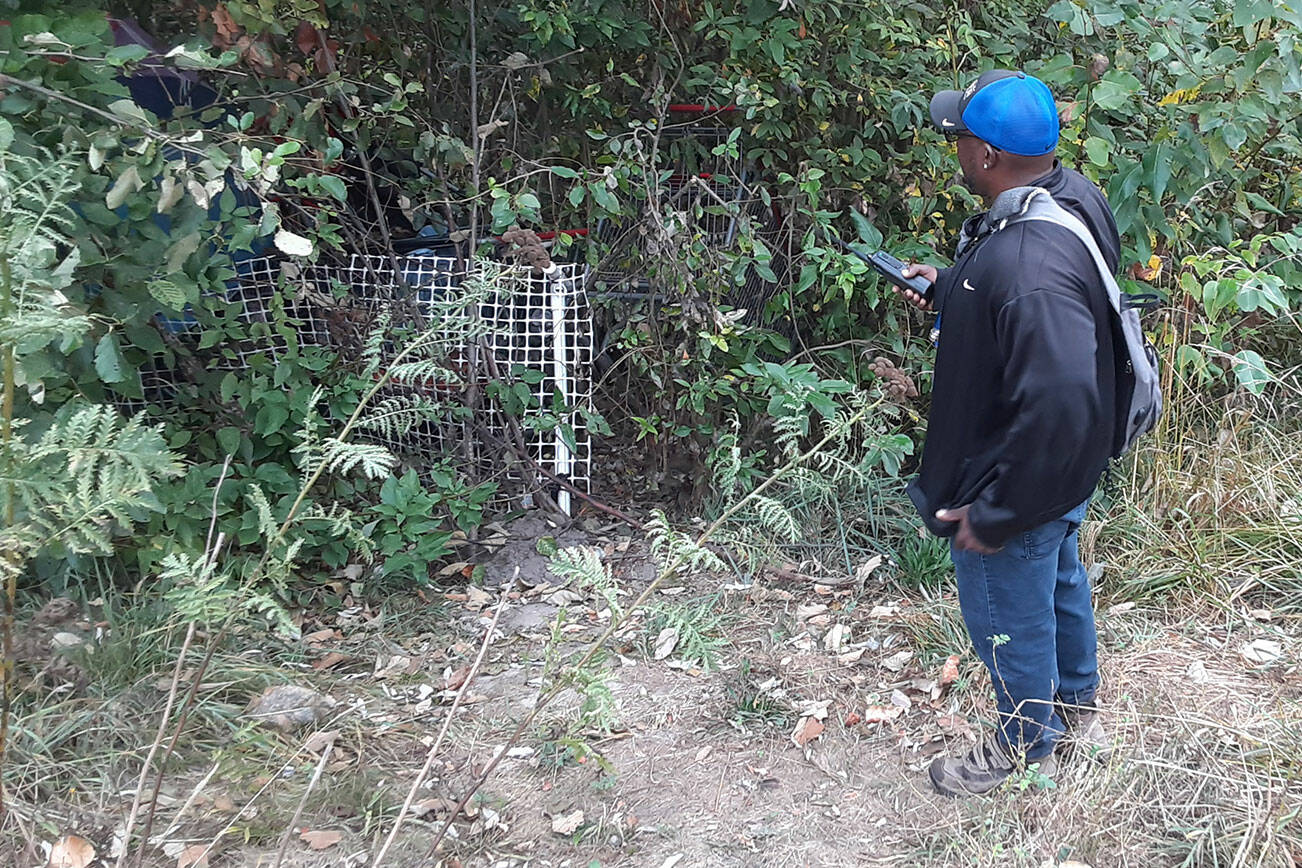As no one had seen the homeless man folks called “Bill” for a while, members of Auburn’s Homeless Outreach Team hit the streets to find him and check on his welfare.
Drawn to objects on a corner near the A Street on-ramp to Highway 18, one member of the crew pushed aside a bit of covering to see what was underneath.
And found “Bill” dead from an overdose.
“Without moving things aside, we would never have known he was there, and who knows how long he’d been dead there,” Auburn’s Homeless Outreach Coordinator Kent Hay told the Auburn City Council Feb. 26.
Unfortunately, Hay said, that was not an isolated incident.
Given that people in a similar plight as “Bill” use opaque tents and shelters to protect themselves from the elements and each other, in many instances, homelessness outreach workers have been unable to help people who have overdosed or are otherwise incapacitated because they can’t look into the tent or shelter to check on their condition.
This recurring scenario, Hay said, eliminates any possibility of providing Narcan or other help on time, especially with deaths from fentanyl and other illicit drugs at crisis levels.
While the city already has rules on the books that require an unobstructed view from at least two sides of a tent or shelter setup in city parks, council members are now studying an amendment that would extend such requirements.
The Auburn City Code already establishes rules and restrictions related to loitering on publicly-owned property or related to uses and activities within city owned parks, and provides a standard and definition for tents and shelters within them. A suggested ordinance change would extend the rules to publicly owned properties outside parks to assist outreach workers rather than have them learn of deaths “as the result of smelling the decay of a body.”


